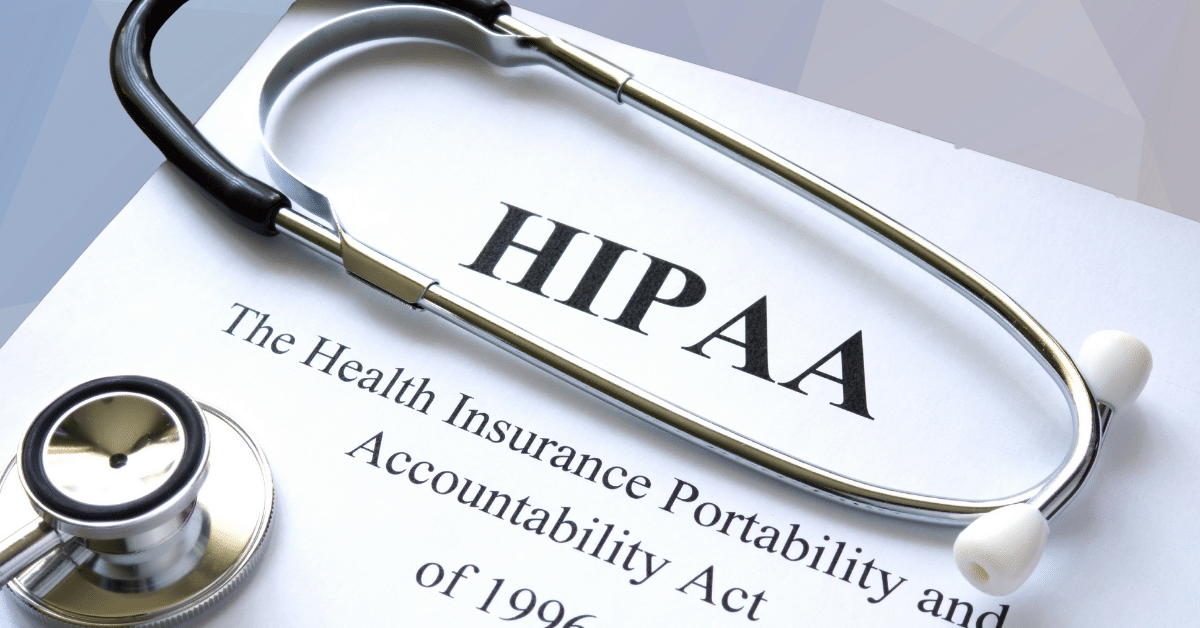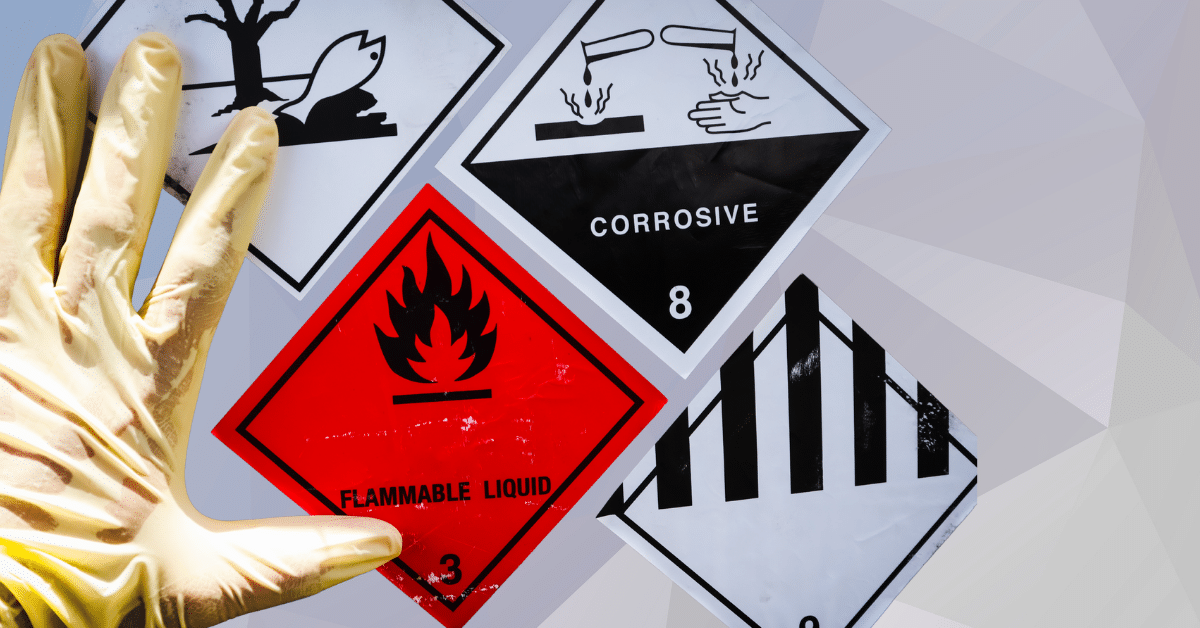HIPAA Compliance and Everyday Reality in Healthcare
A clinic manager once told me about a situation that still kept her up at night. An employee, well-meaning but uninformed, left a laptop with patient records in their car. The laptop was stolen, and the clinic faced not only fines but a wave of patient complaints. When I asked if the employee had ever had HIPAA training, the manager admitted, “Yes, but it was three years ago. We just never refreshed it.”
That story gets to the heart of the question so many organizations ask: How often should HIPAA Compliance training be updated? Because in healthcare, regulations change, technology evolves, and mistakes can cost far more than money—they cost trust.
HIPAA Compliance and the Core Challenge
The challenge isn’t whether training is important. Everyone in healthcare knows it is. The issue is keeping it current without overwhelming already busy staff.
- Employees often think once they’ve been trained, they’re set for life.
- Managers struggle to balance patient care with scheduling regular refreshers.
- Organizations sometimes wait until a problem arises before updating training.
This “set it and forget it” mindset leaves gaps that can turn into breaches, fines, or damaged reputations. HIPAA Compliance isn’t static—it’s a moving target that requires ongoing attention.
Why Timely Health Compliance Updates Matter Now
Recent innovations in healthcare have opened the doors to accessible services, opening the doors to unprecedented convenience for patients.
The healthcare world has shifted rapidly in recent years. Digital records, telehealth appointments, cloud storage, and mobile apps have transformed how patient information is stored and shared. With these changes, new risks emerge.
In 2022 alone, more than 51 million patient records were affected by reported breaches in the U.S. Many of those incidents were traced back to simple mistakes—like emailing data to the wrong person or failing to update system security.
Outdated HIPAA Compliance training isn’t just a regulatory risk. It’s a patient care risk. Every employee needs to know how today’s systems and rules apply to their daily work, not how things looked years ago.
HIPAA Compliance in the Bigger Picture
HIPAA training isn’t just about ticking boxes for auditors. It’s about aligning with cultural expectations around privacy and respect. Studies show patients are increasingly concerned about how their health data is handled, and many will switch providers if they feel their information isn’t safe.
Organizations that update HIPAA Compliance training regularly aren’t just avoiding fines—they’re strengthening their brand. They’re showing patients and partners that confidentiality is non-negotiable. In an industry built on trust, that matters just as much as the quality of care itself.
Practical Strategies & Tools for HIPAA Compliance Training
So, how often should HIPAA Compliance training be updated? While regulations typically require annual refreshers, many experts recommend more frequent touchpoints. Here are strategies that work:
- Annual full training. A yearly session covers all key areas and keeps compliance top of mind.
- Quarterly micro-sessions. Short updates address new regulations, recent incidents, or common mistakes.
- Event-driven updates. If laws change, systems are upgraded, or breaches occur, immediate training ensures staff adjust quickly.
- Role-based refreshers. Tailor training to different departments—nurses, billing staff, and IT each face unique compliance risks.
- Digital platforms. E-learning modules allow employees to complete updates without disrupting care schedules.
The best programs combine regular refreshers with flexibility, so employees stay informed without feeling overloaded.
HIPAA Compliance and the Role of Community & Support
No training program succeeds without a culture of support. HIPAA Compliance works best when everyone sees themselves as part of the effort.
- Leaders model compliance. When managers take training seriously, employees follow their example.
- Teams hold each other accountable. Simple reminders—like “lock your screen”—reinforce daily habits.
- Safe reporting channels. Employees need a way to ask questions or raise concerns without fear of blame.
- Cross-functional cooperation. Compliance isn’t just for clinicians or IT—it touches every department, from reception to finance.
When organizations build community around HIPAA, training stops feeling like a chore and starts feeling like shared responsibility.
Stories & Examples of HIPAA Compliance Training in Action
At a regional hospital, staff used to groan at annual HIPAA sessions. Then leadership introduced short, monthly reminders tied to real incidents. For example, after a nearby hospital had a laptop stolen, they ran a five-minute refresher on device security. Staff later said these updates made training feel more relevant—and breaches dropped.
By contrast, a small clinic relied on outdated training for years. When an employee accidentally sent patient data through personal email, regulators imposed fines and patients lost confidence. Afterward, the clinic rolled out updated, scenario-based training every quarter. Within a year, audits showed fewer mistakes, and patient satisfaction improved.
Both stories illustrate the same truth: the frequency and quality of updates directly impact outcomes.
Sustaining the Change Through HIPAA Compliance
The key isn’t just updating—it’s sustaining. Here’s how to make training stick:
- Start with onboarding. Every new hire should complete HIPAA training immediately.
- Make refreshers routine. Build quarterly updates into the calendar, just like staff meetings.
- Promote daily habits. Encourage small actions like not discussing patients in public areas.
- Measure effectiveness. Use quizzes, surveys, or audits to identify gaps.
- Celebrate success. Recognize teams that achieve compliance milestones to keep morale high.
Sustaining HIPAA Compliance means making it part of daily routines, not a once-a-year event.
Takeaway & Call-to-Action
So, how often should HIPAA Compliance training be updated? At minimum, once a year. But the most effective organizations go further—adding quarterly updates, event-driven refreshers, and role-specific sessions.
Regular training protects more than data. It protects patients, strengthens trust, and gives employees the confidence to handle sensitive information without fear.
If your last HIPAA training feels like a distant memory, don’t wait for an incident to force change. Build a rhythm of updates now. Your employees will feel more equipped, your patients will feel safer, and your business will stand stronger.


















